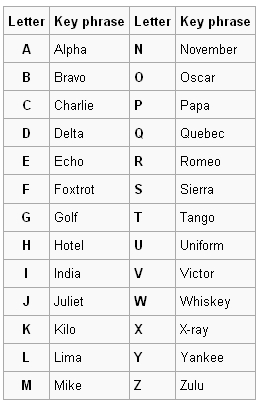While colonising India, the British government became concerned about venomous cobra snakes causing a public safety issue in Delhi. To remedy this situation, they decided to use the people as cheap labour by offering a bounty if anyone brought in a dead cobra. They thought this would be a cost effective method of reducing the cobra population.
The strategy was initially a success, with a huge number of cobra snakes being killed for the reward. But then, something unexpected happened. People soon caught on that it did not matter where the cobra snakes came from, as long as it was dead. Therefore, they abused this loophole by breeding cobra snakes and then killing them for even more reward. The British government found out about this enterprise eventually and decided to scrap the program.
With no reason to have so many cobra snakes, the breeders decided to release the cobras. Ultimately, Delhi’s cobra population was now larger than when the program was initiated.
This is the cobra effect. Sometimes, an idea may seem novel and efficient, but human psychology can easily turn it on its head and make a problem worse than before.
A similar, but much more macabre, phenomenon happened in Edinburgh, Scotland, in 1828. At the time, anatomy was a hot new field of research, so human cadavers were in great demand by the universities, doctors and scholars. Due to a Scottish law stating that cadavers could only come from deceased prisoners, orphans and suicide victims, there was very limited supply. Following the economic laws of supply and demand, the price of a human cadaver rose more and more. “Body snatching” became a popular crime, where people exhumed corpses from graveyards and sold them for a profit.
Two men by the names of William Burke and William Hare took things one step further. The two ran a lodging house, where a tenant passed away suddenly, while owing rent. To cover the owed amount, they stole the body before the burial and went to Edinburgh University, where they sold the body to an anatomist named Robert Knox. On hearing that bodies were in great demand and that they would be paid handsomely for any more cadavers, they hatched a sinister plan.
They realised that since their “clients” did not care about where the body came from, they could easily source them through murder. Over the course of a year, they murdered at least 16 people at their lodge and sold their corpses to Robert Knox for dissection. Their choice method of murder was to wrestle down and sit on the victim’s chest to asphyxiate them (now called “burking”), as strangling, choking or using a sharp instrument would reduce the corpse’s value due to the damage.
The pair were eventually caught and sentenced to death. Hare was eventually released, but Burke was hanged and ironically, his skeleton was preserved and exhibited at the Anatomical Museum of the Edinburgh Medical School.






